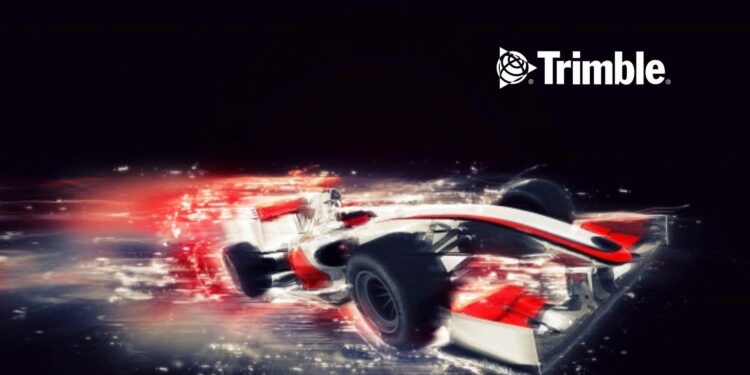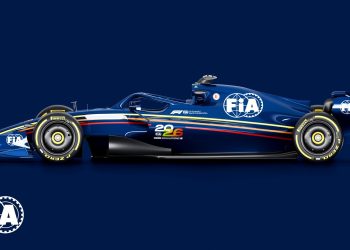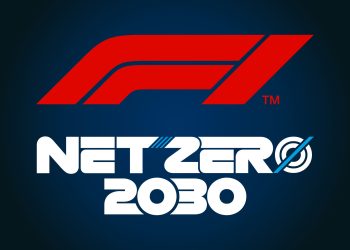Looking to strengthen their technical framework for their first season, scheduled for September 2021, the autonomous electric car series Roborace announced a partnership with Trimble, a global leader in geolocation technology solutions.
Trimble will provide all the participating vehicles with optimal GNSS (Global Navigation Satellite System) positioning results. This means that all prototypes will be guided by a set of satellites to ensure maximum precision. In return, the innovative company will use the Roborace media platform to expand its global marketing strategy.
“We are excited to announce this partnership. Trimble is the market leader and has a perfect solution for us. These GNSS inertial systems will be used on all vehicles competing in the championship,” said Roborace Director, Chip Pankow.
Related content: Total madness! This is the new vehicle that can revolutionize the Roborace
“We are delighted to be working with Roborace, the world’s first extreme competition of racing teams developing autonomous artificial intelligence for autonomous driving systems,” said Louis Nastro, director of terrestrial products at Trimble partner Applanix.

Image: Roborace
“Trimble’s systems, software and solutions for positioning and guidance are designed to deliver pinpoint accuracy, efficiency and ease of use, and fit perfectly with autonomous vehicle applications such as Roborace,” he added.
Trimble’s Work
Based in Sunnyvale, California with a presence in more than 40 countries, the company was founded in 1978. It is responsible for providing on-road and off-road vehicle manufacturers with technology and engineering expertise to support and enhance driverless vehicle production and development programs.
The systems offer a fully customizable navigation solution including field-proven hardware and software integration for highly accurate positioning and services.
In addition, the technology enables high-accuracy 360° assessments of the environment surrounding an automobile to produce a detailed and realistic representation that is essential for vehicle autonomy success.
Written by I Jhonattan González



















